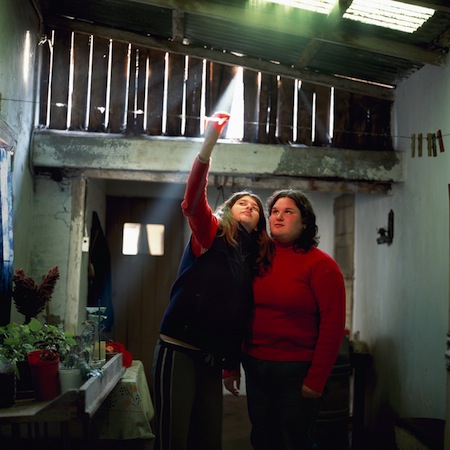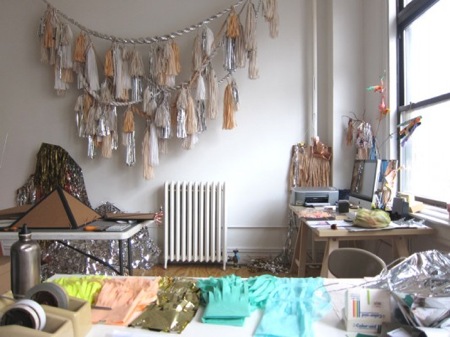One of the best feelings is coming across a movie/artist/song after a few years of the movie/artist/song’s name eluding you. You’re only holding onto a fuzzy image or the first few letters of a creator or creation, with the work settling stubbornly on the tip of your tongue. So when I was in Issues, the local magazine shop, and the saw a photo of Alessandra Sanguinetti on the cover of Cabinet, I might’ve let out a yelp. Early in college, my Photo I instructor showed us the Sanguinetti series The Adventures of Guille and Belinda and the Enigmatic Meaning of Their Dreams, and I remember falling in love with the soft light, the rich color, and the compelling relationship—visually and emotionally—between the two young cousins. And maybe most of all, I admired the way she captured the transition from childhood to adolescence without being too heavy and cheesy, but rather with restraint and sensitivity. Fast forward a few years to today: I was surprised to see that the series continued into their adulthood and documented marriage and motherhood.





I thought this excerpt was interesting:
In 1839 William Henry Fox Talbot coined the phrase “the art of fixing a shadow” to describe his negative-positive photographic process that became the basis of the photographic medium. Since then critics and historians have written at length about the metaphorical role photography plays in preserving the past and halting the fleeting moment. Childhood is a very brief period of personal development and discovery, perhaps even more so for Guille and Belinda where the onset of adulthood comes at an early age. The enigmatic dreams and fantasies from the fertile imaginations of Guille and Belinda might have gone unobserved if not for Sanguinetti’s efforts. Through this archive of images, which are as inexplicable as the imaginations that choreographed their content, this fleeting shadow of youth is preserved.
Excerpt from Contact Sheet 120, Alessandra Sanguinetti: The Adventures of Guille and Belinda and the Enigmatic Meaning of Their Dreams. via lightwork.org

 hat tip:
hat tip:










![camilla-big-sell-sheet[1] camilla-big-sell-sheet[1]](http://nest.rckshw.com/wp-content/uploads/2009/12/camilla-big-sell-sheet1.jpg)

